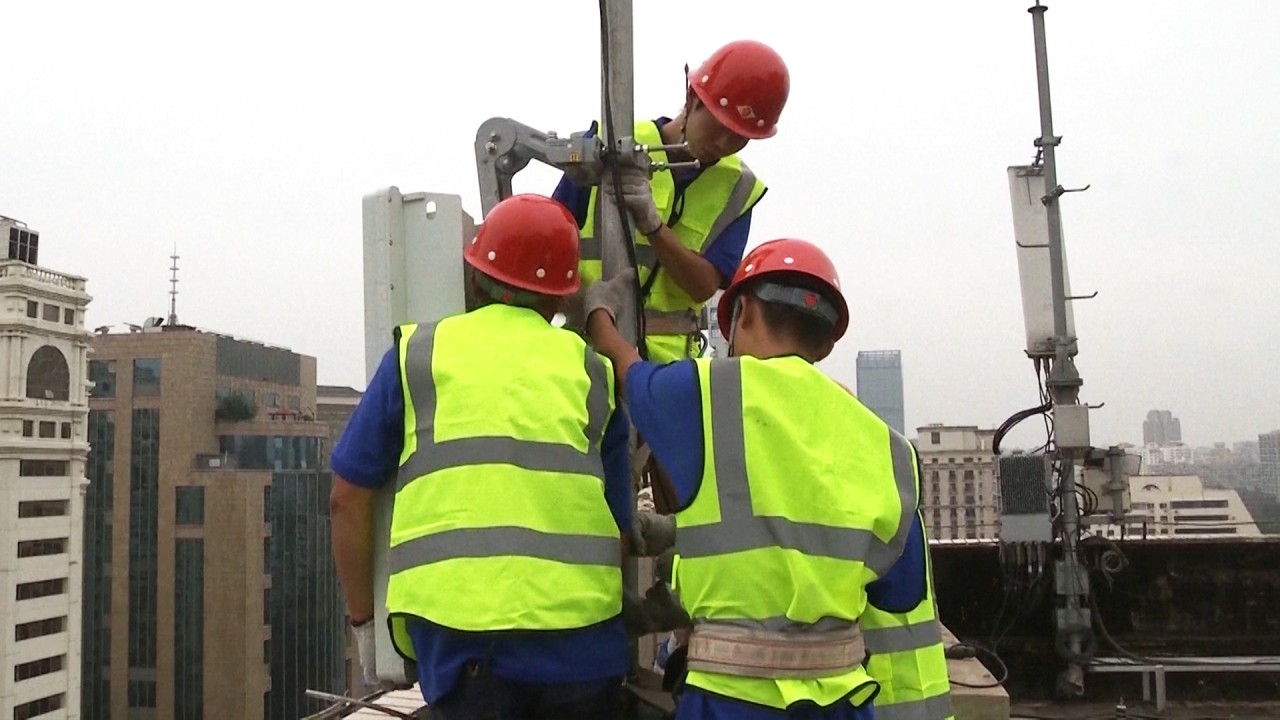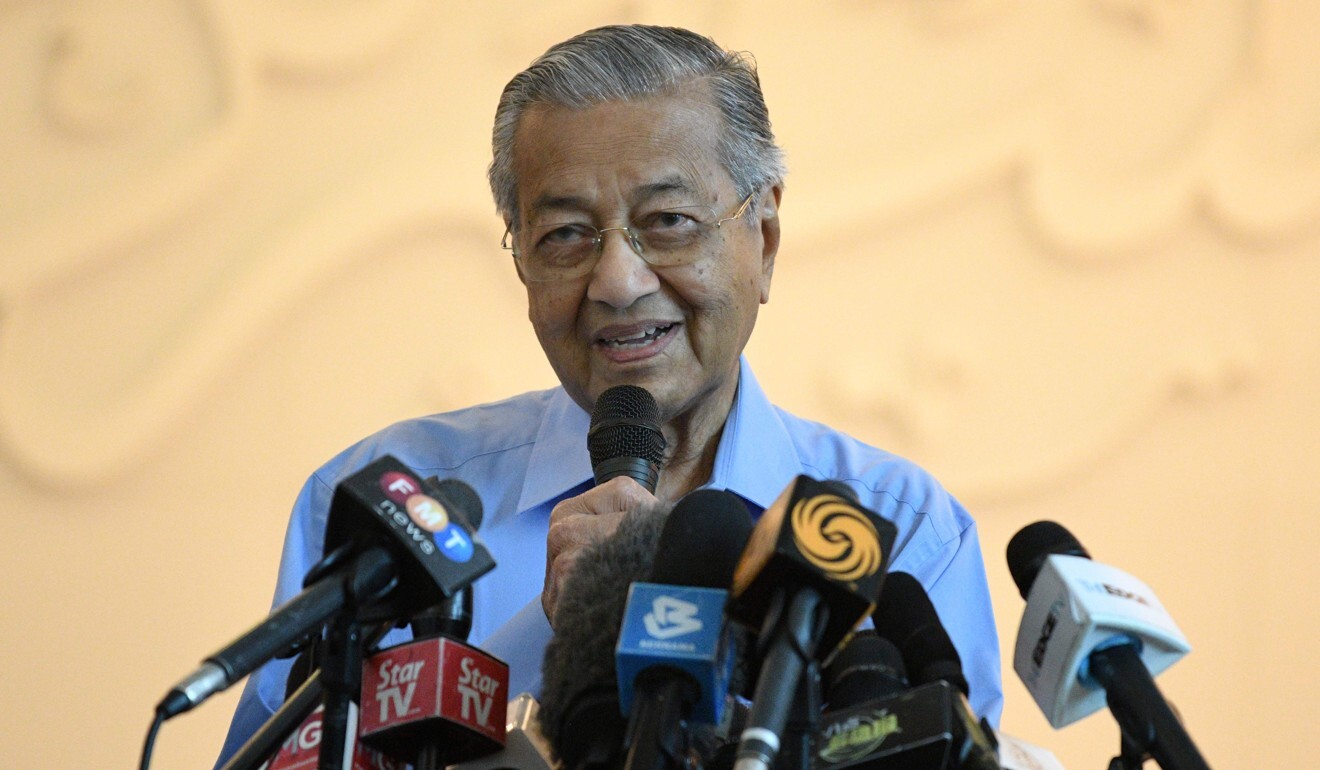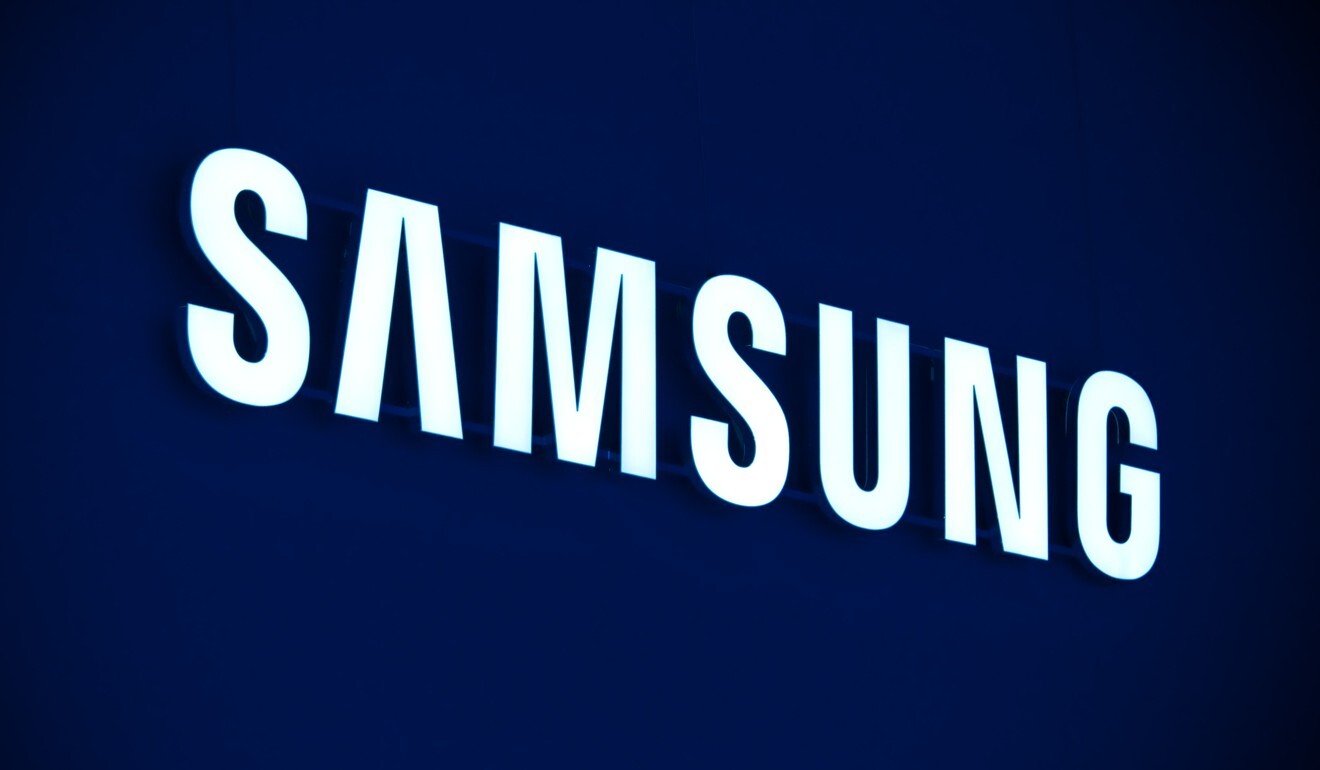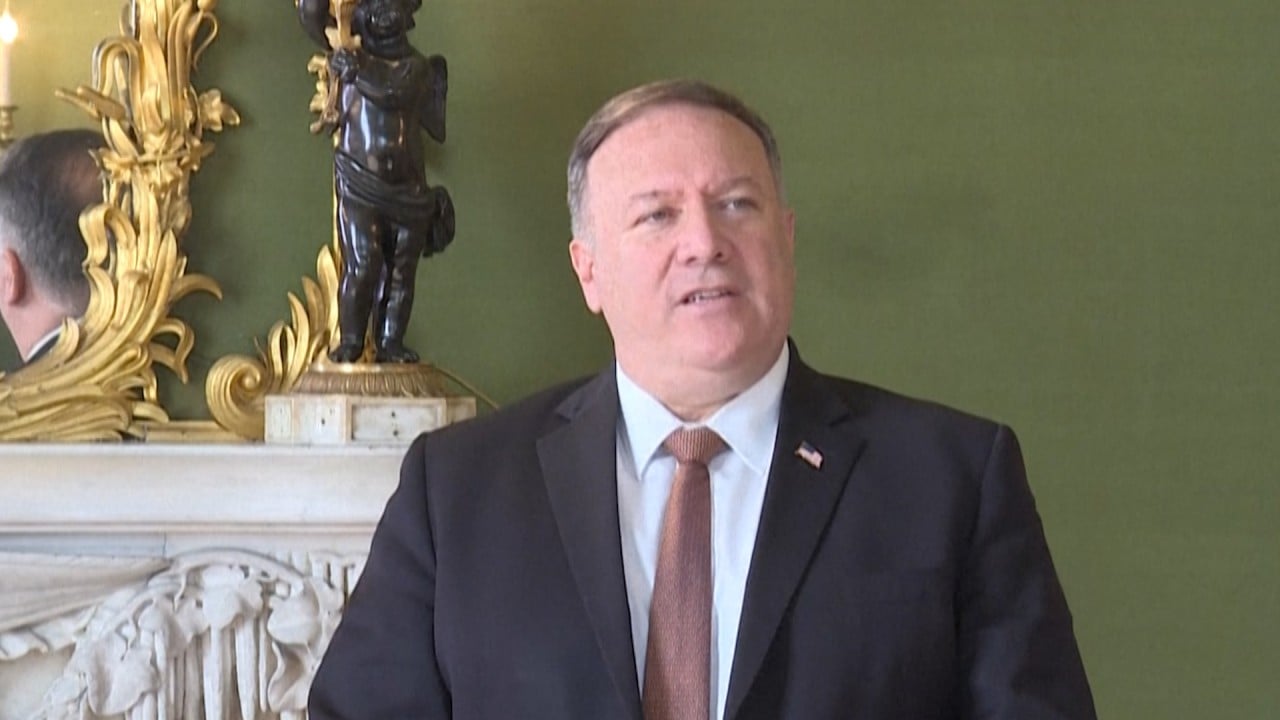
Huawei and 5G: a test for Southeast Asia’s digital transformation
- Policymakers have had their eyes opened by the coronavirus pandemic to the urgent need to digitally transform their economies and embrace 5G
- Yet there has been much debate, amid national security and cyber-surveillance concerns, over whether Chinese companies should be included
As well as providing consumers with faster connection speeds, lower latency and more bandwidth, 5G has also been touted as a revolutionary upgrade that will enable a wide range of new digital applications such as the internet of things, smart cities, driverless cars, robotic appliances, and augmented reality.

01:25
China says it built 130,000 5G base stations as of the end of 2019


Asean policymakers, seeing the urgent need to digitally transform their economies as exposed by the pandemic, have been prompted to select partners with outstanding track records to build this critical infrastructure. The Trump administration’s espoused security-related restrictions on Chinese digital technologies have also alerted Southeast Asian telecommunication companies to the need to diversify.
Singapore’s largest telecoms provider, Singtel, recently selected Ericsson as the vendor to build the company’s 5G infrastructure network, while fellow providers M1 and Starhub have decided to partner with Nokia.

In a public hearing in June, Singapore’s Communications and Information Minister S. Iswaran said no vendor had been specifically excluded from the city state’s 5G roll-out, and that the process of selection had been rigorous and competitive. Singapore’s 5G ecosystem “will continue to evolve, and there will be more opportunities for various technologies to participate”, he said.
Diversification away from Huawei has also been explored by Malaysia’s Axiata Group, which recently announced it would select two vendors for its 5G roll-out, and the Philippines’ Globe Telecom, which plans to use companies other than Huawei for one-fifth of its 5G equipment.
The result of all this is a regional market for 5G equipment that is still dominated by Huawei and ZTE, but with European vendors Ericsson and Nokia making significant inroads. Samsung has no significant presence in supplying 5G infrastructure in the region, nor do US telecoms companies Altiostar, Cisco and Qualcomm.
Across Asean, governments and companies have come under increasing pressure to grapple with Huawei’s influence against a backdrop of increased US-China rivalry.

01:17
Pompeo urges all nations to 'push back' against China on visit to the UK
When they have decided to reduce their reliance on the Chinese company, it has allowed other prominent vendors such as Nokia and Ericsson to chip away at Huawei’s market share. Yet Huawei remains proactive in developing the region’s digital economy ecosystems, especially through the Asean Smart Cities Network.
In future, there will be more competition involving technology titans which could trigger further geopolitical tensions over cybersecurity. With that in mind, Asean should start exploring mechanisms to standardise compliance and diversify risks.
Competition over 5G equipment in the region provides a case study to explore a more robust compliance system in digital technology. Asean member states should maintain their commitment to open, fair, and competitive markets to remain trustworthy and credible in other technology and innovation sectors.
Melinda Martinus is Lead Researcher (Sociocultural) of the Asean Studies Centre, ISEAS – Yusof Ishak Institute. This article was first published as ISEAS Perspective 2020/130 “The Intricacies of 5G Development in Southeast Asia”.

